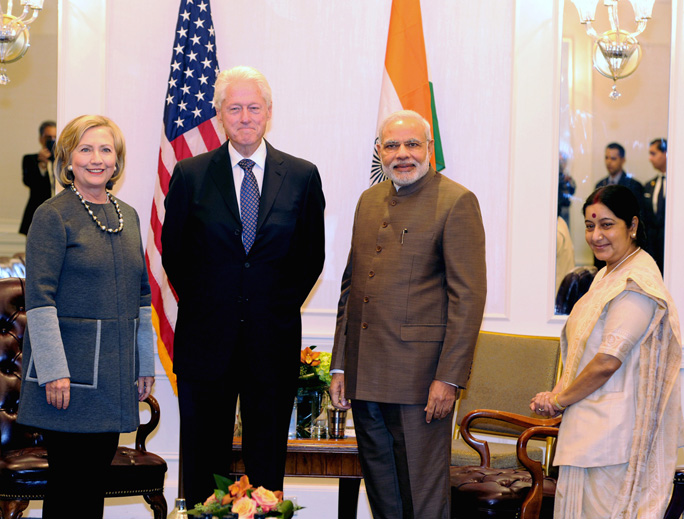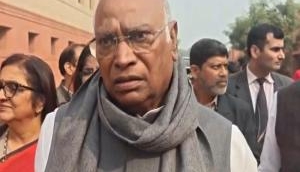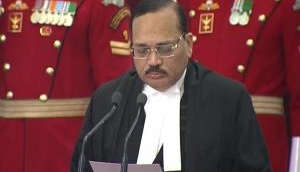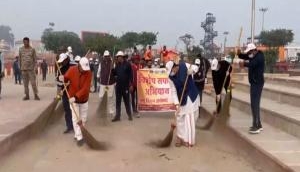
Minister of External Affairs Sushma Swaraj was the in-charge of the country , i.e she enjoyed the decision-making powers of the Prime Minister - between 21 and 23 November.
Although she held the country's reigns only for three days, that is quite a lot of power and responsibility.
Now, what led to such a circumstance?
Whenever the head of the executive - that is the Prime Minister - is travelling outside the country, a senior minister becomes the in-charge of the country's affairs.
Prime Minister Narendra Modi left on 21 November for a four-day visit to Malaysia and Singapore. So, someone back home had to take charge.
But this still doesn't explain how Swaraj ended up getting the country's top job for three days. Usually, it is the Home Minister, who is the senior-most cabinet minister.
Shouldn't Rajnath Singh have been in-charge?
Home Minister Rajnath Singh was also away on a six-day official visit to China, starting 18 November.
According to The Economic Times, a "circular to the effect that Swaraj will be in-charge and will officiate in case of any emergency was issued to all concerned as per the rules" was issued.
Then why is this news?
It is news because usually, Finance Minister Arun Jaitley is considered the Number 3 in the cabinet after Modi and Rajnath.
Since our Prime Minister makes foreign trips quite frequently - 29 trips as of November 2015 - this question was bound to arise sooner than later.
However, all speculations were put to rest after an official circular was issued in September, 2014 instructing that all "urgent business may be put up before the Union Home Minister for disposal" as the Prime Minister was on an official trip to the United States.
So, does this mean Sushma Swaraj is the Number 3 in the cabinet?
Not that it really matters. But who takes charge in the absence of the Prime Minister is hardly a wise way to decide the share of power the minister enjoys in the cabinet.
However, it speaks volumes about Swaraj's position within the cabinet and her relationship with Modi. Particularly, after political commentators and analysts in the initial months of her tenure dismissed her role as that of a shadow external affairs minister - given Modi was making frequent foreign trips, unaccompanied by Swaraj.

Sidelined? not really. Photo: Wikimedia
An Economic Times report suggests that sometimes seniority is decided on the order in which the ministers take oath. Since, Swaraj took oath after Singh, by default she becomes the third most senior minister.
Going by that logic, we recently got a glimpse of RJD chief's sons - Tejaswi and Tej Pratap taking oath right after Nitish Kumar. That should give us some idea about seniority and the power equation within a cabinet.







![BJP's Kapil Mishra recreates Shankar Mahadevan’s ‘Breathless’ song to highlight Delhi pollution [WATCH] BJP's Kapil Mishra recreates Shankar Mahadevan’s ‘Breathless’ song to highlight Delhi pollution [WATCH]](https://images.catchnews.com/upload/2022/11/03/kapil-mishra_240884_300x172.png)

![Anupam Kher shares pictures of his toned body on 67th birthday [MUST SEE] Anupam Kher shares pictures of his toned body on 67th birthday [MUST SEE]](https://images.catchnews.com/upload/2022/03/07/Anupam_kher_231145_300x172.jpg)






